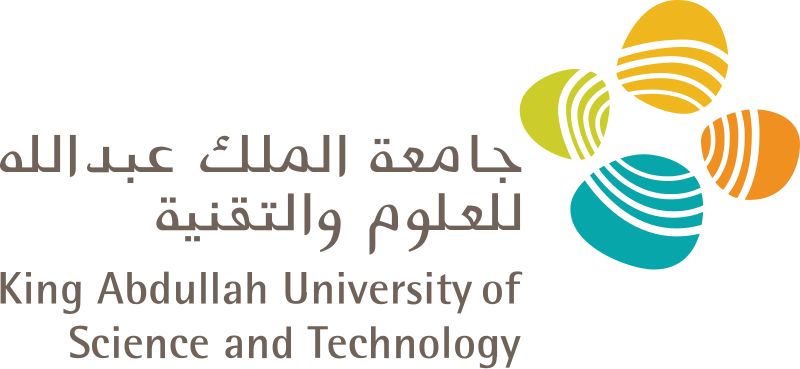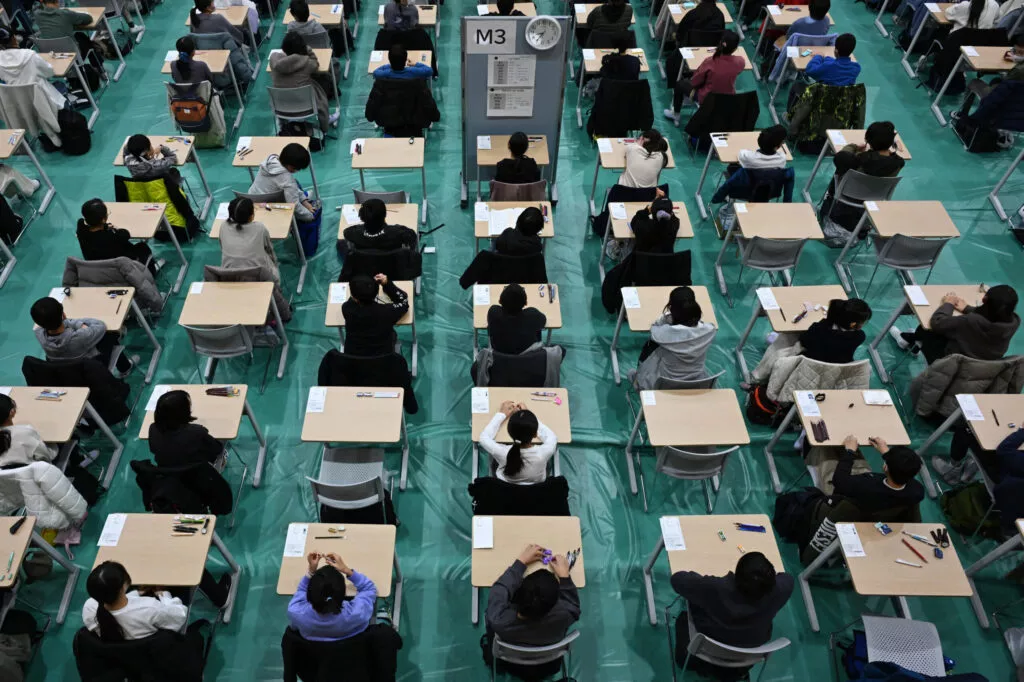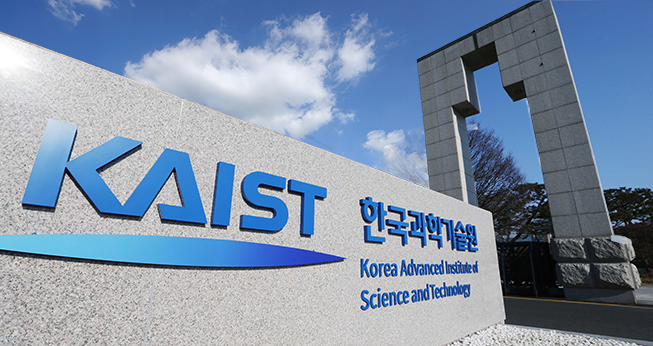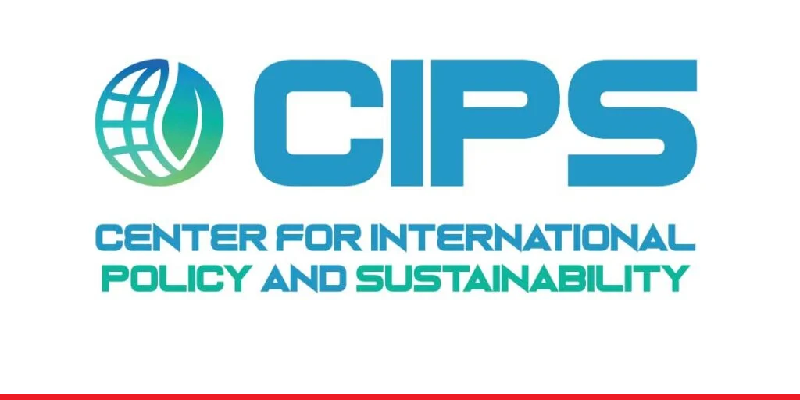
Applying to KAUST - Your Complete Guide for Masters & Ph.D. Programs (Upcoming Admissions)
Admissions Overview & Key Requirements

Japan’s sweeping high school tuition reform, set to take effect in 2026, is reshaping long-standing assumptions about educational fairness and the balance between public and private schooling. By abolishing income limits on subsidies and effectively making tuition free for both public and private high school students, the government hopes to ease burdens on families and broaden access.
Yet early evidence from prefectures that adopted similar measures ahead of the national rollout suggests that the reform may generate a new set of challenges—ones the Ministry of Education, Culture, Sports, Science and Technology (MEXT) is now racing to address.
Until recently, Japan’s tuition support program applied only to families below a certain income threshold, meaning high-income households paid full tuition, particularly at private schools. Public high school tuition was standardized—about 118,800 yen per year—and private schools charged considerably more. That gap shaped educational choices and reinforced regional and socioeconomic divides.
Two major changes altered the landscape. The first came in 2025, starting this fiscal year, the income limit for the School Enrollment Support Fund (equivalent to public high school annual tuition, 18,800 yen per year) was removed, making all households with high school students eligible.
The second, far more consequential shift arrives in 2026, when income limits for subsidies will disappear and private school students will become eligible for support large enough to cover most of their tuition. For many households, the reform signals a level of freedom in choosing schools that did not exist before.
But early experience from prefectures that implemented similar reforms years earlier suggests that this freedom brings unintended effects. Osaka, the most cited example, offers the clearest illustration of what may lie ahead. After implementing its own version of free private tuition, the prefecture saw a sharp increase in demand for private schools, which promote their curricular flexibility and rigorous academics.
Public schools, unable to compete with the same level of branding and perceived prestige, experienced repeated drops in enrollment. Several have closed. Local communities have been left with fewer institutions that once served as anchors for cultural activity, economic life and social cohesion.
In Tokyo, the impact of free tuition has spread beyond high schools to junior high school entrance examinations. Because many elite private high schools admit few or no new students at the high school level, families hoping to enter such schools must compete from the junior high stage.
As a result, cram schools have intensified their teaching and study support efforts, leading to a surge in enthusiasm for entrance exams. There is growing concern that the high school tuition subsidy may serve as an indirect subsidy for cram schools and affluent families able to afford private junior high education.
Even families choosing private high schools will continue to confront significant costs. Admission fees, facility charges, textbook fees and uniform costs—expenses that often exceed 200,000 yen—remain outside the subsidy system. For lower-income families, these costs may still put private schools beyond reach, raising questions about whether the reform truly creates equity or simply shifts the divide.
Confronted with these emerging disparities, MEXT is preparing a multifaceted plan to strengthen public schools and preserve educational balance. A new 300-billion-yen fund will support public school reform beginning this fiscal year, allowing prefectures to designate model schools that will pilot innovations and set regional standards. By 2027, a new grant system is expected to expand the reforms nationwide.
A central priority is academic support. The ministry plans to work with local universities, education companies, retired teachers and community organizations to build robust after-school and summer programs.
These initiatives will target both ends of the academic spectrum: advanced instruction aligned with university entrance exams, and foundational support to prevent students from falling behind. Career preparation will play a central role as well, with expanded guidance on vocational pathways, interview training and certification exams for job-seeking students.
There is concern that as private high school tuition becomes free, wealthier families may divert their saved money into after-school tutoring, widening the academic gap between students. MEXT aims to ensure that all students—regardless of their parents’ income—can pursue the education or career path they want.
Japan’s tuition reform promises dramatic financial relief for families, yet it also highlights the fragile equilibrium of a system in which public and private schools coexist in nearly equal measure.
As the 2026 reform draws closer, the country now faces a pivotal question: can it expand educational opportunity without undermining the foundations of its public schools? The success of the government’s new support measures may determine whether Japan can achieve both.
Share

Applying to KAUST - Your Complete Guide for Masters & Ph.D. Programs (Upcoming Admissions)
Admissions Overview & Key Requirements

Erasmus Mundus Joint Master's 2026 (Upcoming Admissions)
Erasmus Mundus programs are scholarships available to students worldwide, offering fully-funded Master’s degrees to study in Europe!

KAIST International Graduate Admissions Spring 2026 in Korea (Fully Funded)
Applications are open for KAIST International Admissions for Master’s, Master’s-PhD Integrated, Ph.D., and Finance MBA

Registration Opens for SAF 2025: International STEAM Azerbaijan Festival Welcomes Global Youth
The International STEAM Azerbaijan Festival (SAF) has officially opened registration for its 2025 edition!

CIPS Youth Future Summit 2026 in Switzerland (Fully Funded Available)
Applications are Open for the CIPS Youth Future Summit in Switzerland for International Young Leaders and Changemakers

South Korea Leads OECD in Higher Education Completion for 17th Consecutive Year
With 56.2% of adults holding a college degree or higher, South Korea continues to lead the OECD in higher education attainment.